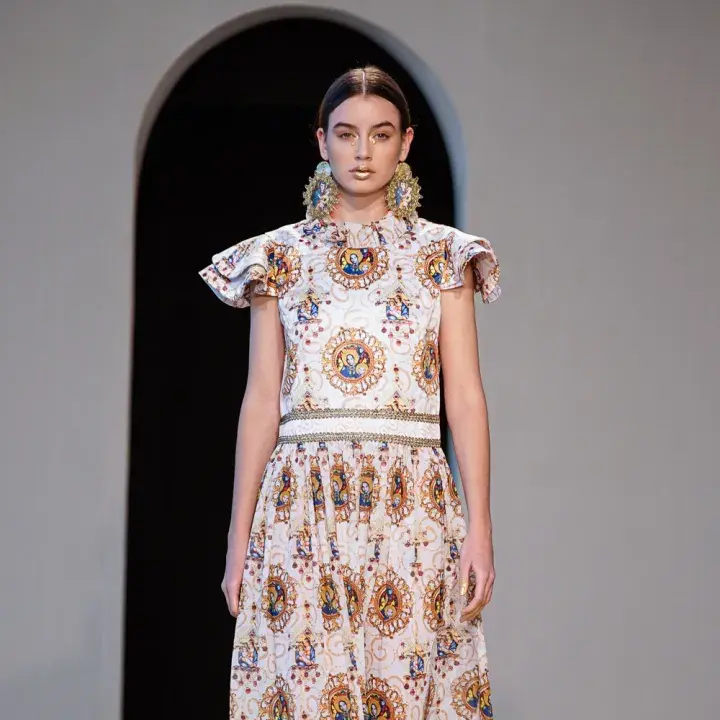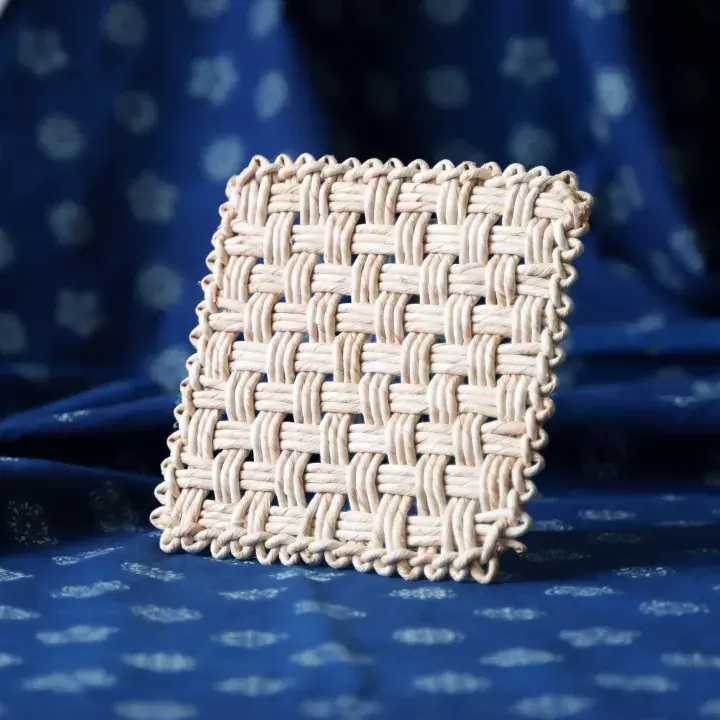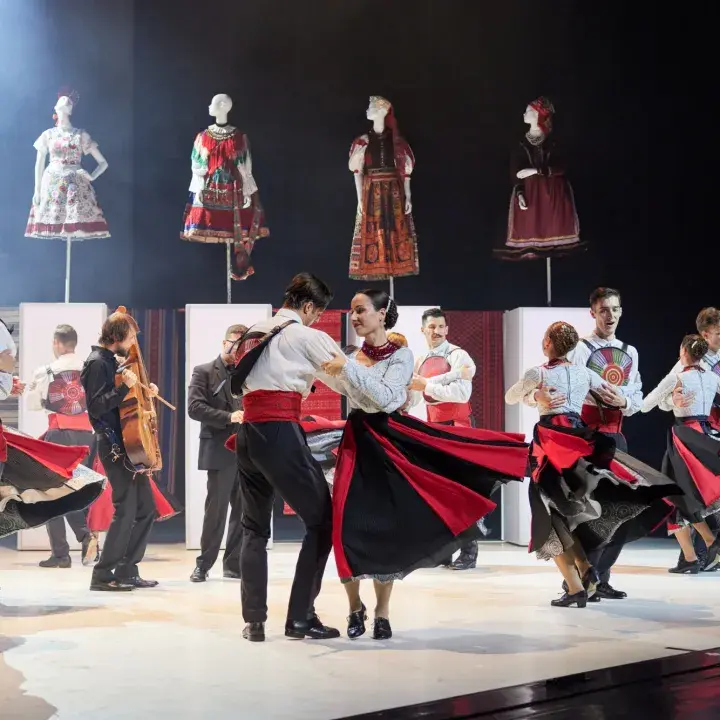In the early thirties, in the poor economic situation caused by the global crisis, it became increasingly difficult to travel abroad and acquire fashionable clothes. Consequently, more and more of the customers turned to cheaper domestic seamstresses and ready-made garments. Thus, the Hungarian Dress Movement was launched at that time. In 1931, the Royal Hungarian State Women's Crafts School at Rákóczi Square started the publication of the magazine Muskátli on the varied use of Hungarian folk embroideries and motifs.
The publication of Muskátli was encouraged by Emil Ferenczy, assistant head of a government department and royal chief director of crafts education. With this, he endorsed a needlework magazine that showed the rich treasures, artistic beauty and richness of form of Hungarian folk art to the pupils of the European-level women's crafts schools and taught them to use these appropriately. "The patriotic love of the Budapest State School of Women's Crafts wants to serve a national cause beyond the educational work of our women's crafts schools when it opens the treasury of Hungarian ornamentation for industrial purposes and women's needlework on the pages of Muskátli. It also introduces the public to the beautiful and effective work of our women's crafts schools and intends to provide a rich needlework design material that can be used directly." - he wrote upon launching the magazine. The paper was regularly published until 1944.
In 1957, a new women's needlework magazine was published under the name Fürge Ujjak (Swift Fingers), which introduced the interested, primarily female, audience to the mysteries of knitting and crocheting. Until its closing in 2008, the paper presented several ideas in the realms of Hungarian and other European (mainly Scandinavian) folk motifs in needlework.


